Curling Shingles: What Does It Mean for Your Roof?
You’re looking at your roof, and suddenly you notice that some of the shingles aren’t flat—in fact, they’re curling up at the edges. So, what do curling shingles mean for your roof?
Unfortunately, curling roof shingles are a sign that you may need to consider a roof replacement in many cases. Here’s what you should do to prevent curling shingles and what you need to know about why shingles start to curl in the first place.
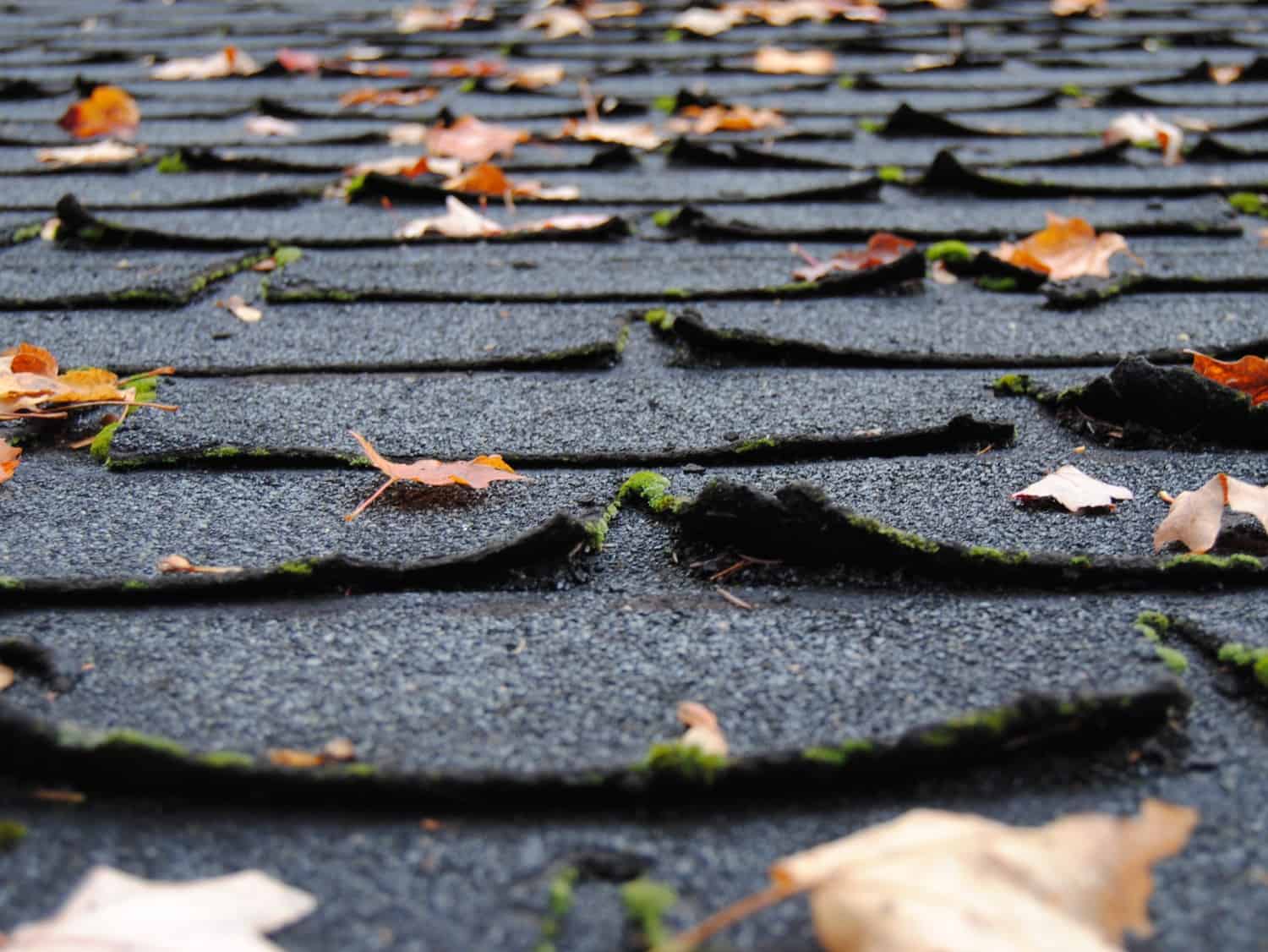
What Do Curling Shingles Mean?
Here’s the bad news—once shingles start to curl, they usually can’t be fixed. Unfortunately, curling shingles don’t usually indicate a problem with your roof installation itself, nor do they mean that the shingles were faulty.
When shingles curl up on the edges, it’s a significant indicator of a ventilation problem. Inside every home, there’s warm, moist air. This air naturally occurs due to simply living and breathing inside your home. In addition to humans, pets, and even plants in your home, activities also add to warm, moist air. Cooking, showering, running water, appliances, and more contribute to the moisture levels in your home.
Houses need to “breathe”—to release this warm, moist air regularly. Most modern homes have several vents on the roof. Since warm air rises, these vents allow air to escape through the attic. The soffit (overhang area between your roof and home) is also ventilated and allows air to get out of your home before causing damage.
In addition to curling, you may notice particles in your gutter or the yard around your house. This shedding is a sign that your roof is starting to deteriorate. Because we have such harsh winters in Wisconsin, our roofs must adjust to temperature changes and winter hazards like snow and ice.
The heating and cooling of your home cause expansion and contraction. Shingles are built to be flexible so that they can adjust to these shifts. As your roof ages, the shingles naturally start loosening, and you may see some curling and debris. When curling shingles occur in newer homes, it often means there’s a ventilation issue. No matter the age of your roof or your home, curling shingles are a sign that it’s time to consider a replacement. Your home might not be leaking water, but chances are, there’s underlying damage.
Many homeowners don’t realize that they have a ventilation problem until they look at curling shingles and wonder what it means. Moisture is going up through the roof deck and ruining your shingles. It could also be damaging the roof deck itself.
To see an example of curling shingles, don’t miss the video from Tod & Todd Below:
Shingles with a Guarantee
At Weather Tight, we’ve heard from many homeowners who are surprised that their relatively new homes have curling shingles. Unfortunately, builders and contractors may have cut corners when they were building—they may not have installed the proper flashing or may not have calculated the right amount of ventilation.
When homeowners buy a new home, they’re frequently told their roof shingles include a 20, 30, or even 40-year warranty. Often, they’re dismayed to find out that their warranty is void because the builder installed the roof without the proper ventilation. Most shingle warranties only cover problems with the shingles themselves, and that’s not the case with curling shingles.
To meet the specifications of most shingle warranties, your roof must be properly installed with the right amount of ventilation to prevent shingle damage. Without the correct installation, you may start to see curling shingles in only a few years, and you may be dismayed to discover that your warranty will no longer cover the damage.
At Weather Tight, we examine your roof and pinpoint any potential ventilation concerns before installing. We look at how much air is flowing through the soffit, inspect the roof vents, and ensure that your ventilation is adequate for your roof. If your home needs additional ventilation, there are several solutions, including replacing the soffit or installing ridge venting in your roof.
What to Expect During a Roof Installation
When we do a roof installation, we take all the precautions to ensure the roof is installed correctly and to the shingle manufacturer’s specifications, keeping your warranty protected. There are many options for roof replacement out there, but it’s essential to do your research and make sure you’re choosing an installer that knows exactly what they’re doing.
We’re an Owens-Corning Platinum Preferred Contractor, meaning all our roof installation team members have undergone significant training from both Weather Tight and Owens-Corning, the shingle manufacturer. The Platinum Preferred Contractor status is something they only bestow upon a select few installers, and we’re proud of carrying out our due diligence to ensure you get the highest quality installation. Our roofers know exactly what they’re doing to prevent curling shingles and other problems in the future. Because of this status, Owens-Corning covers an additional 15-year warranty on labor—something that’s rare in the industry.
We take all the existing shingles off the roof and strip them down to the original deck when we begin a roof installation. This step allows us to start the roofing process with a clean slate. We can identify any problems (like rotting wood in the roof deck) and address these issues rather than putting new shingles on top of a problematic roof.
We put on a new underlayment and new aluminum flashing in the valleys and around any vents on the roof. The flashing helps add another layer of protection, ensuring that the roof ventilates properly. Once the flashing is installed, we add a new gutter apron and install your beautiful new shingles.
You can select from an array of different shingle colors and choices. We know the look of your roof is essential and sets the tone for the rest of your home’s exterior. You’ll select exactly a roof you’ll love, and you’ll rest assured that the roof will last, and your warranty is valid.
When a roof is installed correctly, it should last 30-40 years, sometimes even longer. You won’t notice curling and blistering shingles, debris in your gutter, or other indications that your roof is failing. You can feel good knowing your home is ventilated, protected, and beautiful.
If you’re ready to address your curling shingle problem, contact us today. We’ll be happy to assess your roof and discuss your options for a high-quality roofing solution.
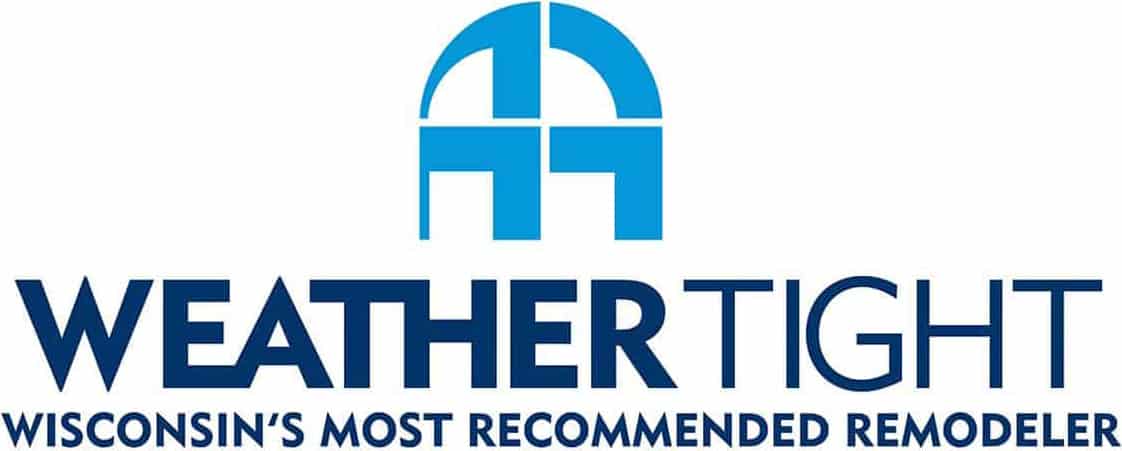
 414-459-3874
414-459-3874
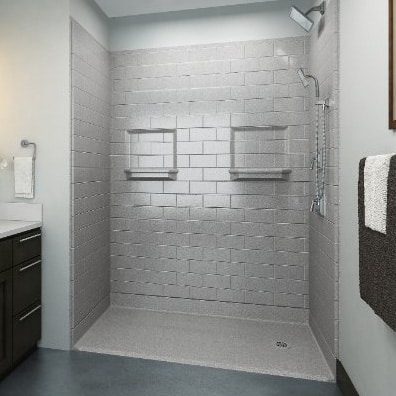

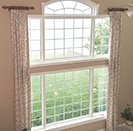
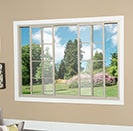
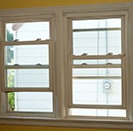
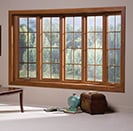
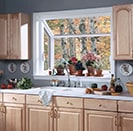


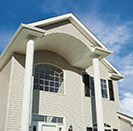
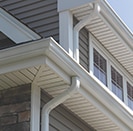
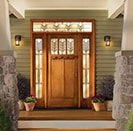
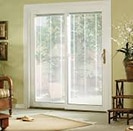


 Text Us!
Text Us!